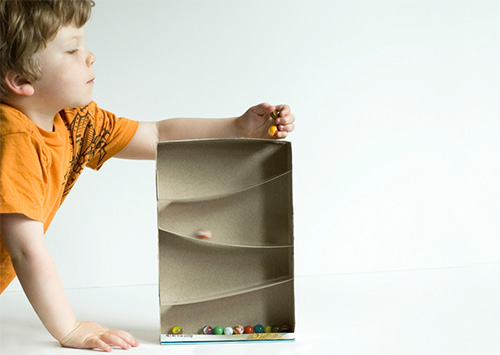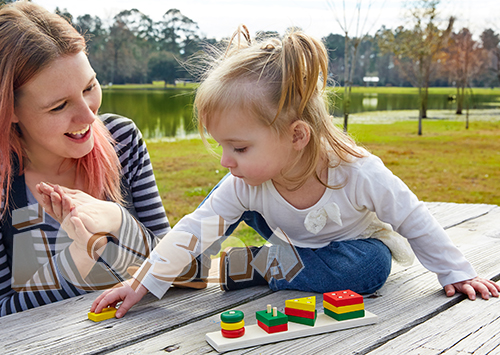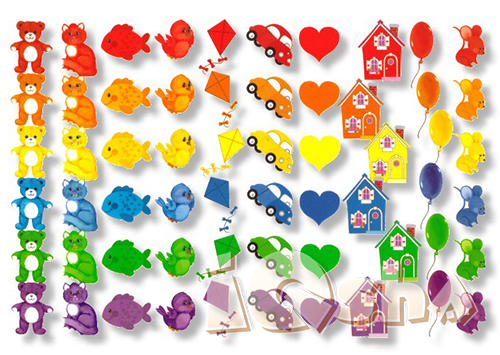Many parents know it is especially difficult to teach a preschool child to understand time, especially on a clock with hands. It’s even difficult with children who already know their letters and figures, and quick learners. You shouldn't rush when teaching hours, but by the age of 6-7 years, a child should be able to be guided by their own watch.
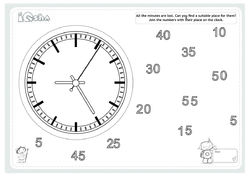
The time system is a difficult, dual system (hours count from 1 to 12, and minutes from 1 to 60). The task for parents is to gradually and consistently acquaint the child with both systems and to solidify the child’s knowledge.
Before teaching a child time using a clock the hands, you should be convinced of the following:
- 1. The child can count to 12 and – if you learn hours and minutes at the same time - up to 60. Otherwise your efforts will be in vain, the trainings will not have any result, and the child will harbor hostility towards tasks involving time or count time differences.
- 2. The child can successfully complete mental arithmetic, including counting by fives. The ability to count 5... 10... 15, etc. can be taught at the age of 5 - 5.5 years old. This ability is useful in regards to the minute hand on the clock.
Nowadays, there is a set of training methods for teaching time by hours. We will present two of the most popular and effective methods.
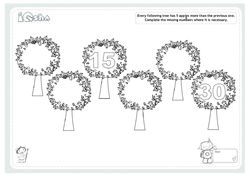
Method 1. «Big clock»
- 1.Purchase a big clock with no glass or plastic covering. Make sure the hands are big and that the child can move them by himself. Sometimes these clocks are quite expensive; but it is also possible to use a cheap wall clock, just remove the glass covering from it.
- 2. Explain to the child that the big hand (the short hand) shows hours. Hold a minute hand on 12, and put the hour hand in different positions. Tell the child that when the minute hand is on 12, the short hand shows the exact hour. Allow the child to move the hand himself until he gets used to it and can define the timee.
- 3. Next, explain that the big hand shows the minutes. Hold the small hand on the chosen hour, and move the bog one around and tell the child what each position means. Begin with 5 minutes, and move further until the child understands. Allow the child to move the clock hands himself by providing different tasks.
- 4. Unite the two systems in one. Begin with a simple time, for example 1:05, 12:30, or 7:45. Once your child masters this stage, try a difficult time such as 3:47 (approximately ten to four), 9:59 (nearly ten o'clock, one minute to ten), etc.
- 5. Revise the learned material. Ask the child to show a certain time using both interesting and ordinary situations (when do we have dinner, when does father come home from work, etc.). Allow the child to test you, let him think of a time and then you show it on the clock.
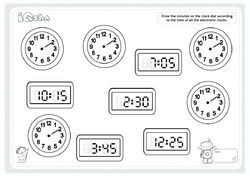
Method 2. «The drawn clock»
- 1.Teach your child to draw a clock on paper. To make this training more interesting, cut out paper in circles or use paper plates. Divide the circle into 4 parts. Note each quarter: 12, 3, 6, 9.
- 2.Divide these quarters into segments. Allow the child to decorate these segments as he wants. Later, the association of each segment with a color will make learning easier.
- 3. Use a pencil as an hour hand. Move it clockwise, fixing it in different positions. For example, the first segment (red or green) is one hour, green is two hours, etc. Allow the child to make manipulations with the pencil until he understands.
- 4. Draw a second clock with minutes. There is no need to divide this clock into quarters and segments. Decorate it with different colors.
- 5. Use a marker to explain how a minute hand works. Move it around and explain to the child what interval of hour will be indicated by each position.
- 6. Use a short pencil or a marker to explain how an hour hand works. Make sure your child understands that the short pencil shows hours and the long one shows minutes. Start asking the child to show simple times (2:30, 7:10) and then more difficult combinations (3:43, 8:57).
-
7.Review the material, allowing the child to ask you about the time. When your child understands time, use various coloring pages, books, pictures, and games to improve his skills. .

